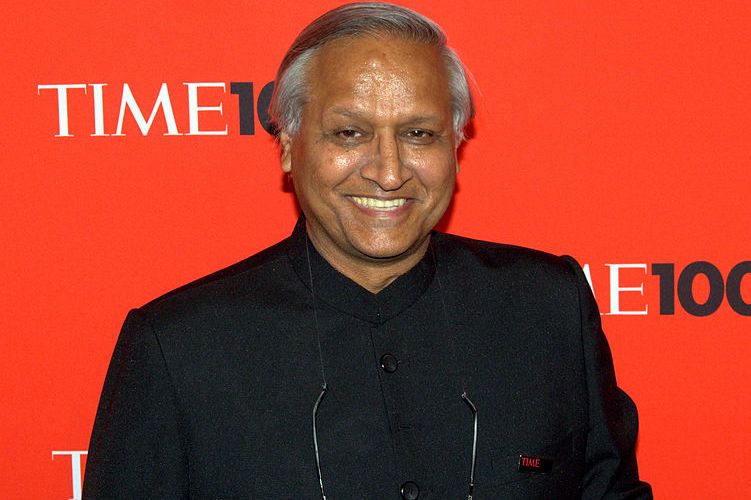The 10 Reasons Why We Fail
By David DiSalvo, Forbes Contributor
Every single one of the 10 reasons David DiSalvo offers in this piece speak to all the things that have played a role in some way or another in holding me back. I’ve taken the liberty and transformed each into action steps:
1. Believe in yourself, and others will believe in you.
2. You are not what others say you are.
3. Rock the boat.
4. Life is short. Take risks.
5. Choose based on what you want to be remembered for.
6. You alone determine what role you let yourself play.
7. Accept that certainty is an illusion.
8. Don’t wait. Go after what your heart desires. Playing it safe doesn’t guarantee anything.
9. There’s always more to learn and ways to grow.
10. Learning to adapt and sit with uncertainty is imperative to living the life you seek to live.
The main takeaway: Nothing is certain. It’s more risky not to risk. That is, if you want to live a life worth remembering.
Last week, I took a leap. I quit my job. The courage to do so came from knowing I could no longer not live the life I was seeking to live. And it is taking every ounce of energy to not do all the things that DiSalvo lists. To even sit with the question, “what do I want?” has been an excruciating task. Why? Because as soon I name it, what’s next is owning it and taking responsibility for all that follows. Growing up is what some might call it. And as Harry Spence has shown me, growing up is what I hope I always do for as long as I have in this life.
So, I don’t know what it means for you, but for me the challenge I sit with at the moment: To listen. To listen to what my heart is telling me. To really listen. And to start to own what it is I hear in small ways to start. Then hopefully in larger ways. Quitting my job was hard as hell, but that was just step 1. Hopefully, starting with a bit of believing in myself, I’ll make it to step 2 and 3, and so on and so forth, without giving up.

